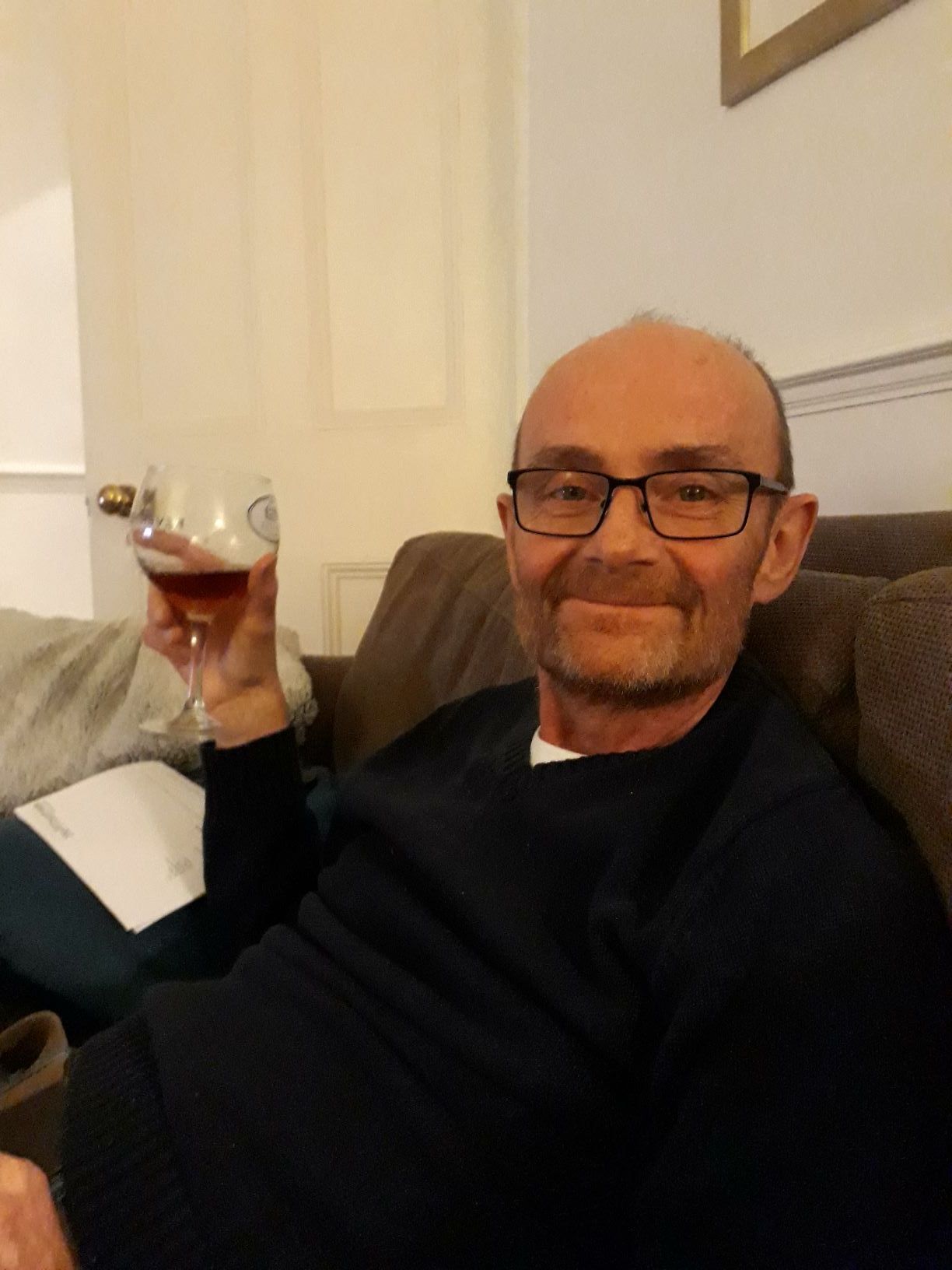
Physiology News Magazine
Obituaries – Christopher Peers
Membership
Obituaries – Christopher Peers
Membership
Written by José López-Barneo University of Seville Medical School, Seville, Spain
https://doi.org/10.36866/pn.112.51

Christopher Peers 1963–2018
Christopher Peers, a leading cellular physiologist studying the carotid body, died on 20 May 2018. Chris had been courageously fighting against a rare form of lymphoma for over four years, maintaining until the very end his personal elegance, high spirits and love for science that were so characteristic of him. Although I always considered myself a long-standing colleague, over the last few years our relationship evolved into a solid friendship. In January 2014, I contacted Chris to invite him to participate in a meeting on hypoxia to be celebrated the following December in the newly created Institute of Biomedicine of Seville, IBiS. As I wanted the fields of carotid body physiology and acute oxygen sensing to be well represented at this meeting, I contacted him. Chris accepted, but in his response warned me that he expected to be undergoing chemotherapy and bone marrow transplantation in the intervening months. During this meeting, in which we had lively discussions about gaseous transmitters and carotid body physiology, I was deeply impressed by Chris’ serenity and endurance. That visit to Seville was a milestone in our friendship for, although this was the last time I saw Chris, we kept in frequent email contact. Our exchange of scientific ideas and data was enriched with the sharing of opinions on the human condition and life’s vicissitudes.
I first had knowledge of Chris Peers in 1990 when he published several seminal papers, in some cases as a single author, on the inhibition of potassium currents by hypoxia and other chemostimulants in rat carotid body glomus cells. Having obtained a BSc and PhD in Pharmacology at the University of London, Chris was finishing a postdoctoral stay in the Physiological Laboratory at the University of Oxford. This was a period of rapid and very exciting transformation in the field of peripheral chemoreception with the study of single chemoreceptor cells by patch clamp techniques. We along with others were in the early stages of the characterisation of glomus cell electrical properties and the recording of ‘oxygen-sensitive’ ion channel activity in several species. Chris’ work was therefore received very enthusiastically.
At 27 he was appointed as a Lecturer in the Department of Pharmacology at Leeds where he remained for his entire academic career. In 2002, he was promoted to Professor of Cellular Physiology and became Head of Division of the Multidisciplinary Cardiovascular Research Centre as well as Director of the Yorkshire Branch of the Alzheimer’s Research Trust.
Chris carried out extensive work in related fields, including the characterisation of changes in cell excitability induced by chronic hypoxia and the interaction of several pharmacological agents with ion channels. Later on, he became interested in the pathogenesis of Alzheimer’s disease and in this context performed a highly original piece of work on the amyloid peptide-mediated regulation of calcium channels in neurons and astrocytes. In the last decade, Chris was particularly focused on studying the actions of gaseous transmitters (carbon monoxide or hydrogen sulfide) and their role in cell homeostasis, searching for generalised effects of gases as ion channel modulators. As the author of more than 250 scientific publications and a participant at numerous meetings, workshops and lectures, Chris developed a strong reputation. Among other honours, he became an elected member of the Academia Europea and served for several years on the Editorial Board of The Journal of Physiology. In Leeds, Chris founded a very active ‘school’ of cellular physiologists taking under his wing numerous PhD and Master’s students as well as postdocs who themselves continued independently in successful scientific careers.
For over two decades, before we became close friends, I met regularly with Chris at scientific workshops and visits to my laboratory in Seville. I was always impressed by the style of Chris’ scientific presentations, his honesty, and his ability to defend his scientific opinions in an open and constructive manner. He always showed a profound respect for the person with whom he was debating and yet firmly defended his own position without causing offence.
Chris and I frequently discussed the role played by the ISAC (The International Society for Arterial Chemoreception) and in particular the relatively limited impact that this society was having due to its small size, despite the far-reaching medical implications of the study of hypoxia. To some extent we both shared the view that ISAC should merge with larger societies but so far this has not happened.
We have lost Chris Peers, but his influence will remain. Accompanied by my grandchildren, I recently watched the animated film Coco, a beautiful story which poetically shows that, although we die, we remain alive as long as our relatives, friends and colleagues remember us. In this respect, Chris Peers will have a long life, as the memories of an outstanding scientist, teacher and companion will be recalled by generations to come.
